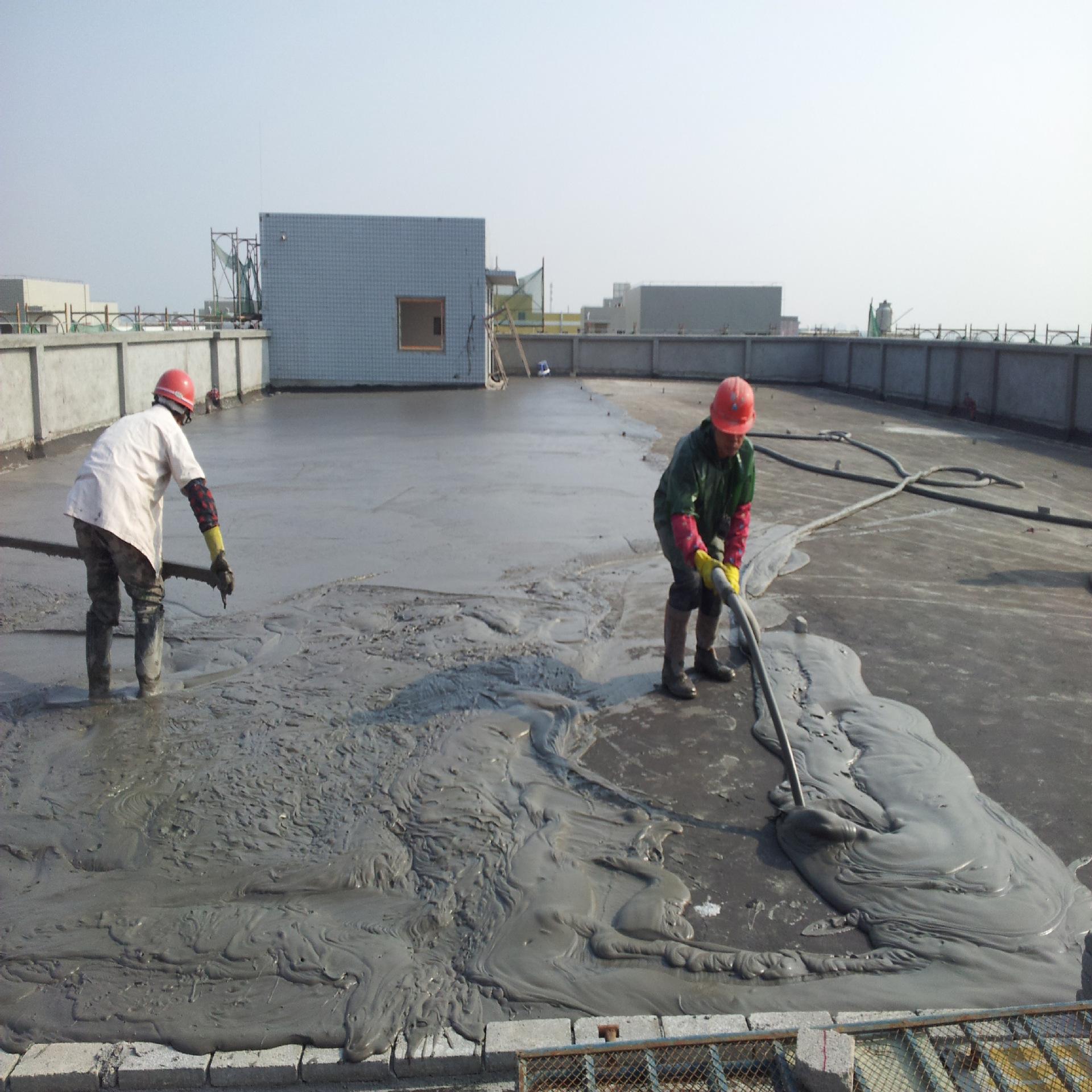News
Concrete Basic FAQs --- Part II

What are the decorative finishes that can be applied to concrete surfaces?
Color may be added to concrete by adding pigments-before or after concrete is place-and using white cement rather than conventional gray cement, by using chemical stains, or by exposing colorful aggregates at the surface. Textured finishes can vary from a smooth polish to the roughness of gravel. Geometric patterns can be scored, stamped, rolled, or inlaid into the concrete to resemble stone, brick or tile paving. Other interesting patterns are obtained by using divider strips (commonly redwood) to form panels of various sizes and shapes rectangular, square, circular or diamond. Special techniques are available to make concrete slip-resistant and sparkling.What is 3,000 pound concrete?
It is concrete that is strong enough to carry a compressive stress of 3,000 psi at 28 days. Concrete may be specified at other strengths as well. Conventional concrete has strengths of 7,000 psi or less; concrete with strengths between 7,000 and 14,500 psi is considered high-strength concrete.
Why do concrete surfaces flake and spall?
Concrete surfaces can flake or spall for one or more of the following reasons:
In areas of the country that are subjected to freezing and thawing the concrete should be air-entrained to resist flaking and scaling of the surface. If air-entrained concrete is not used, there will be subsequent damage to the surface
The water/cement ratio should be as low as possible to improve durability of the surface. Too much water in the mix will produce a weaker, less durable concrete that will contribute to early flaking and spalling of the surface.
The finishing operations should not begin until the water sheen on the surface is gone and excess bleed water on the surface has had a chance to evaporate. If this excess water is worked into the concrete because the finishing operations are begun too soon, the concrete on the surface will have too high a water content and will be weaker and less durable.
Why does concrete crack?
Concrete, like all other materials, will slightly change in volume when it dries out. In typical concrete this change amounts to about 500 millionths. Translated into dimensions-this is about 1/16 of an inch in 10 feet. The reason that contractors put joints in concrete pavements and floors is to allow the concrete to crack in a neat, straight line at the joint when the volume of the concrete changes due to shrinkage.
Will concrete harden under water?
Portland cement is a hydraulic cement which means that it sets and hardens due to a chemical reaction with water. Consequently, it will harden under water.
Leave Message
If you have any problems or questions about our products or need our support and assistance, please feel free to write us, we will reply to you within 24 hours, and never reveal your information to the third party. Thank you!
PRODUCTS SEARCH
Quickly find productPRODUCTS LIST
- QMJ-10A Egg-laying Block Ma...
- QTY4-30 Egg Laying Block Ma...
- QTJ4-40 Semi-auto Block Mak...
- QTJ4-35 Semi-auto Block Mak...
- QTJ4-26 Semi-auto Block Mak...
- QTJ4-25 Auto Block Making M...
- Concrete Mixing Pump
- Trailer Concrete Pump
- HY600 Self-loading Concrete...
- HY400 Self-loading Concrete...
